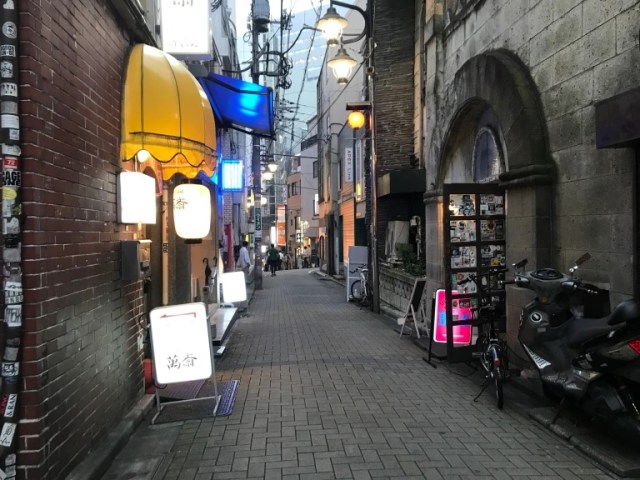
Shibuya subsection has a unique vibe, and we talk to the Tokyo city government about if it’s going to be swept away.
No matter what time of day or night you go there, you can expect Tokyo’s Shibuya district to be a bustling, exciting place. But while Shibuya’s energy level is constant, its urban landscape isn’t. Over the last few years, there have been some big changes to the neighborhood, with giant skyscraper entertainment complex/office building combos like Shibuya Hikarie and Shibuya Scramble Square moving in, and older buildings permanently closing (like the Tokyu Department Store did) or being completely rebuilt (as happened to Parco).
There are still vestiges of the old Shibuya to be found, though. One of our reporter Mariko Ohanabatake’s favorite things to do is stroll through the part of Shibuya known as Shibuya Hyakkendana.
Hyakkendana is a collection of small stores, restaurants, and music clubs located in the Dogenzaka Nichome subsection of Shibuya, tucked away on sloping side streets to the west of Shibuya Station.
▼ Music cafe Lion
Shibuya has a well-deserved reputation as a trendy neighborhood, one where you can see the latest fashions or fads on full display. But Hyakkendana feels like a snapshot frozen in time with its old-school architecture housing businesses that have been in the neighborhood for decades.
▼ Reikyo Taiwanese restaurant, founded in 1955
▼ Murugi curry restaurant, opened in 1951
Hyakkendana also has a rich musical heritage, represented by places such as rock cafe B.Y.G….
…and music clubs Club Asia, O-East, and O-West.
But as much as Mariko likes the place, she does have to admit that it has an old and cluttered feel to it, and that’s why she’s worried about Hyakkendana’s future. Last month, Hyakkendana was designated as an area to be included in the Tokyo metropolitan government’s Tokyo no Shareta Machinamizukuri Suishin Jorei, or “Ordinance for the Promotion of Stylish Cityscapes in Tokyo.” Such ordinances are often vague in scope, but Mariko is concerned that this could lead to the Hyakkendana she knows and loves being swept away to make room for new, more modern development.
Those fears led her to contact the Tokyo government’s Urban Development’s Land-use Planning Division, which is in charge of the ordinance, who put her in touch with the project’s fundamental planning manager, Toshio Kurihara.
Mariko: “We now know that Shibuya’s Dogenzaka Nichome has been designated as part of the Ordinance for the Promotion of Stylish Cityscapes in Tokyo. I think there are many people who are worried that the businesses in Hyakkendana will be evicted.”
Kurihara: “First off, the shops in Hyakkendana don’t have to be evicted for a ‘stylish cityscape.’
Dogenzaka and Bunkamura Uradori [the adjacent sub-section of Shibuya] have a very local feel to them that can be used to create a neighborhood that’s enjoyable to walk around, so there are three policies that have been decided for the future image of Dogenzaka.
The first is creating a neighborhood that is fun to walk around with continuous shops and restaurants on buildings’ lower levels. The second is promoting the uniqueness of music and cultural venues as an entertainment space. The third is promoting a lively atmosphere in both the backstreets and main thoroughfares for a walkable environment.”
Mariko: Hyakkendana is a point of origin for Shibuya culture, isn’t it? So we won’t be seeing a mass exit of current tenants, like what happened in the redevelopment of Sakuragaokacho [another subsection of Shibuya] in Hyakkendana?
Kurihara: “That’s correct. There will probably be some changes in the areas alongside the largest streets, but it will be different from what people think of when they think of the Sakuragaokacho redevelopment. For example, while the aging and deterioration of buildings in Hyakkendana is an issue, under current regulations large buildings can’t be built in the area. For shops that can’t be rebuilt, regulations could be relaxed. There are also many steps and slopes in the area, and adding accessibility features for handicapped pedestrians will help attract people on the main roads to go into the smaller side streets. The goal is to revitalize the area by making infrastructure improvements.”
Mariko: There really are a lot of elevation changes in the neighborhood, so I guess that does make it difficult for some people to get around. By the way, the Ordinance for the Promotion of Stylish Cityscapes in Tokyo went into effect in 2003, so can you give us a specific example of changes a neighborhood has undergone as a result?
Kurihara: “I wish I could give you an example that’s similar to the plan for Dogenzaka Nichome, but because these plans take a long time to implement, almost all of them are still works in progress. But out of the projects that have been completed, I suppose the area in front of [Tokyo’s] Musashikoyama Station would be an example, though it’s still a little different from the Dogenzaka plan.”
Mariko’s takeaway from all this is that we’re unlikely to see a sudden, wide-sweeping change in Hyakkendana, but instead a change that happens little by little, over the course of many years. Change is on the way, but there’s still time to visit the area and see it as it is/was, and hopefully even when those changes do start happening, they really will be able to move the neighborhood towards the future while protecting, not jettisoning, the things that make it unique.
Photos © SoraNews24
● Want to hear about SoraNews24’s latest articles as soon as they’re published? Follow us on Facebook and Twitter!
[ Read in Japanese ]

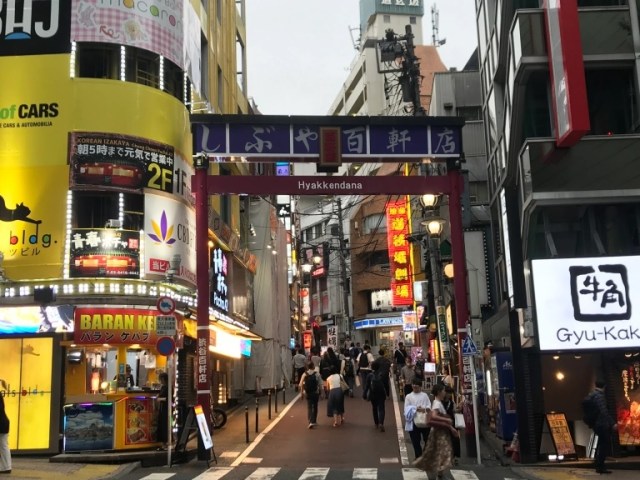

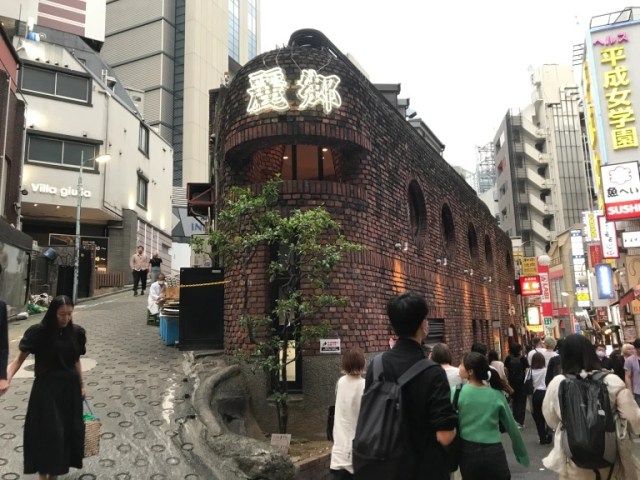
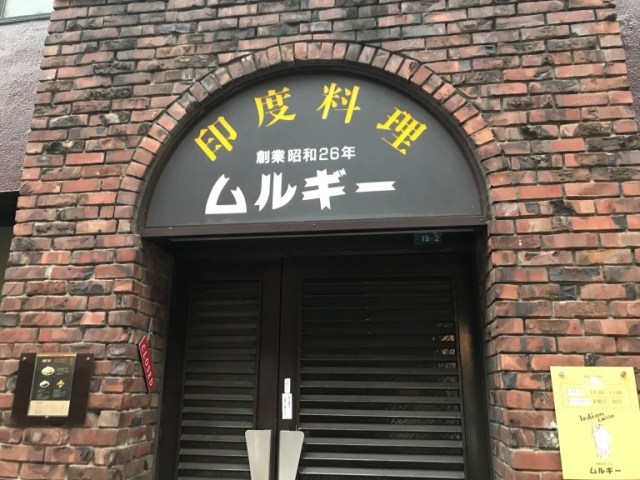
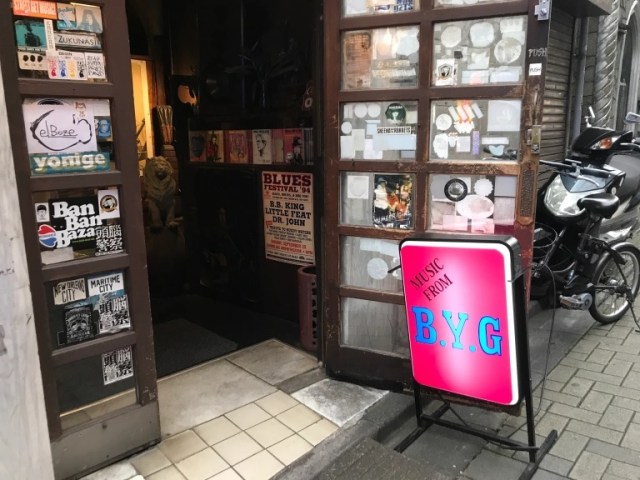
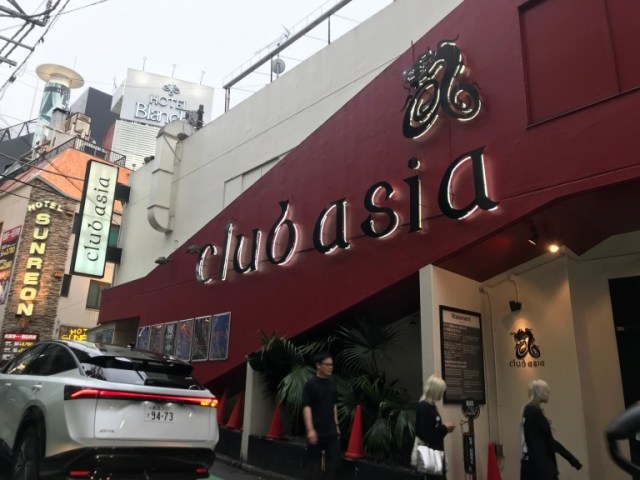
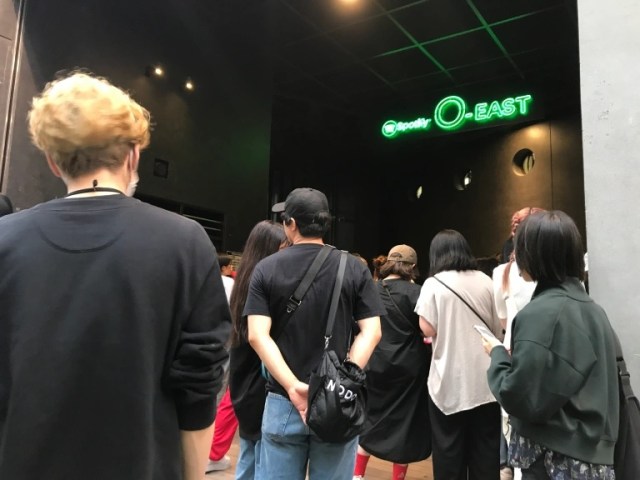
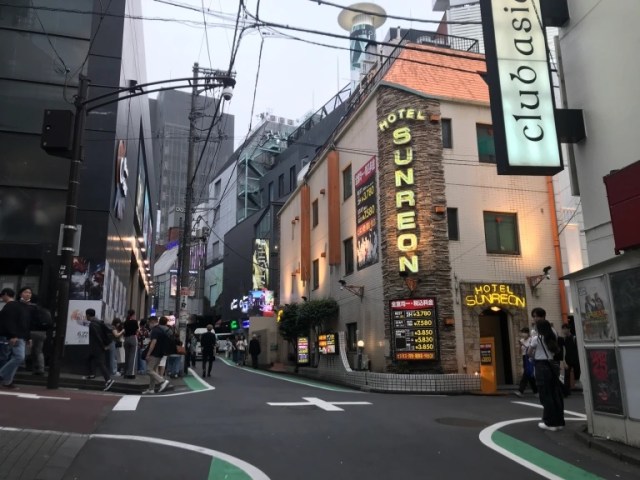
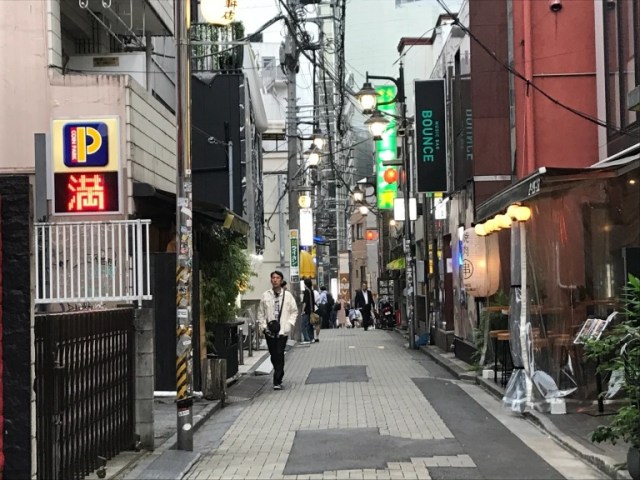
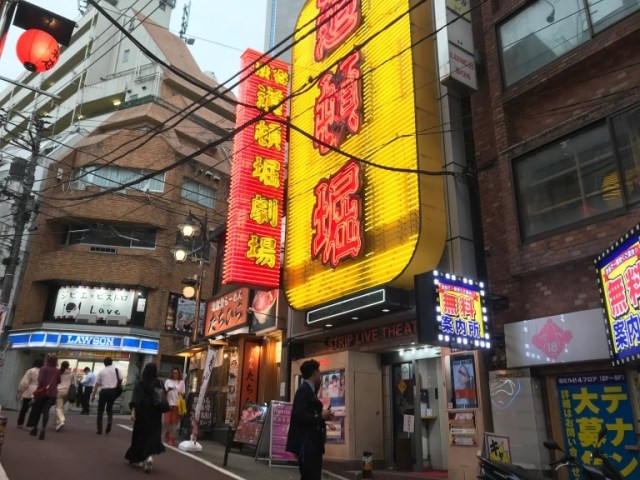
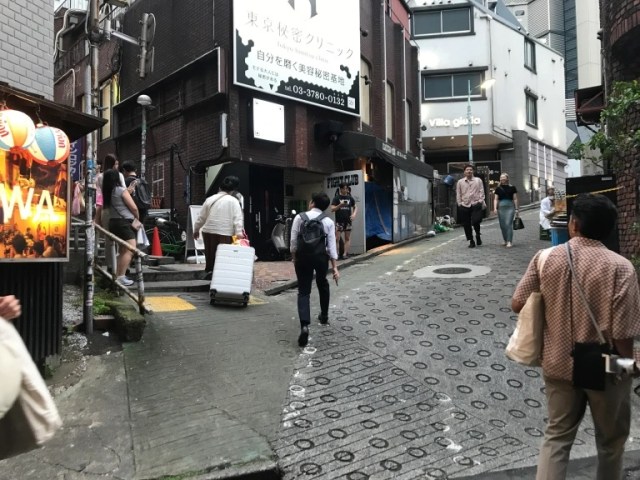
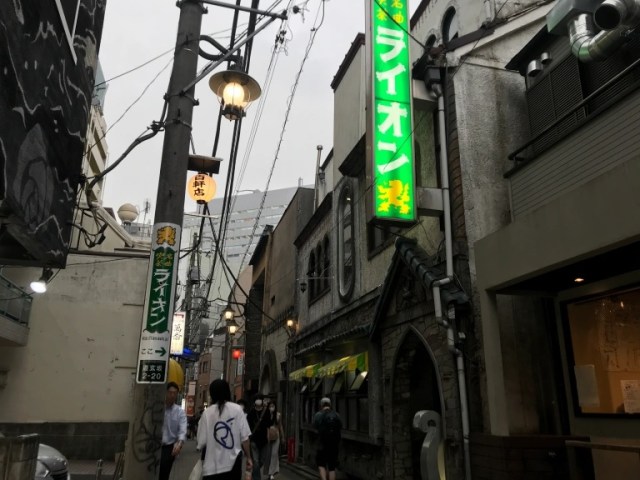
 Reports of the death of Tokyo’s Daikanyama neighborhood have been greatly exaggerated
Reports of the death of Tokyo’s Daikanyama neighborhood have been greatly exaggerated Tokyo photo studio turns you into street samurai with armor photo shoot in the heart of downtown
Tokyo photo studio turns you into street samurai with armor photo shoot in the heart of downtown End-of-the-line exploring in Japan: Visiting Hashimoto Station
End-of-the-line exploring in Japan: Visiting Hashimoto Station Please do not feed the monkey running wild around Tokyo, authorities ask【Videos】
Please do not feed the monkey running wild around Tokyo, authorities ask【Videos】 Tokyo’s iconic 109 department store designated most likely building to collapse in earthquake
Tokyo’s iconic 109 department store designated most likely building to collapse in earthquake Seaside scenery, history, and so many desserts on Yokohama’s Akai Kutsu【Japan Loop Buses】
Seaside scenery, history, and so many desserts on Yokohama’s Akai Kutsu【Japan Loop Buses】 Foreigner’s request for help in Tokyo makes us sad for the state of society
Foreigner’s request for help in Tokyo makes us sad for the state of society Japanese city loses residents’ personal data, which was on paper being transported on a windy day
Japanese city loses residents’ personal data, which was on paper being transported on a windy day Ghibli Park now selling “Grilled Frogs” from food cart in Valley of Witches
Ghibli Park now selling “Grilled Frogs” from food cart in Valley of Witches Princesses, fruits, and blacksmiths: Study reveals the 30 most unusual family names in Japan
Princesses, fruits, and blacksmiths: Study reveals the 30 most unusual family names in Japan Historical figures get manga makeovers from artists of Spy x Family, My Hero Academia and more
Historical figures get manga makeovers from artists of Spy x Family, My Hero Academia and more Celebrate another year of life by putting it in jeopardy with this birthday candle flower
Celebrate another year of life by putting it in jeopardy with this birthday candle flower Should you add tartar sauce to Japanese curry rice? CoCo Ichi makes diners an unusual offer
Should you add tartar sauce to Japanese curry rice? CoCo Ichi makes diners an unusual offer Japanese woman stumbles on the power of the infamous “gaijin seat” phenomenon during flight
Japanese woman stumbles on the power of the infamous “gaijin seat” phenomenon during flight French Fries Bread in Tokyo’s Shibuya becomes a hit on social media
French Fries Bread in Tokyo’s Shibuya becomes a hit on social media McDonald’s new Happy Meals offer up cute and practical Sanrio lifestyle goods
McDonald’s new Happy Meals offer up cute and practical Sanrio lifestyle goods Japanese ramen restaurants under pressure from new yen banknotes
Japanese ramen restaurants under pressure from new yen banknotes Studio Ghibli releases new action figures featuring Nausicaä of the Valley of the Wind characters
Studio Ghibli releases new action figures featuring Nausicaä of the Valley of the Wind characters Red light district sushi restaurant in Tokyo shows us just how wrong we were about it
Red light district sushi restaurant in Tokyo shows us just how wrong we were about it New private rooms on Tokaido Shinkansen change the way we travel from Tokyo to Kyoto
New private rooms on Tokaido Shinkansen change the way we travel from Tokyo to Kyoto Tokyo Tsukiji fish market site to be redeveloped with 50,000-seat stadium, hotel, shopping center
Tokyo Tsukiji fish market site to be redeveloped with 50,000-seat stadium, hotel, shopping center Beautiful Ghibli sealing wax kits let you create accessories and elegant letter decorations【Pics】
Beautiful Ghibli sealing wax kits let you create accessories and elegant letter decorations【Pics】 Studio Ghibli releases Kiki’s Delivery Service chocolate cake pouches in Japan
Studio Ghibli releases Kiki’s Delivery Service chocolate cake pouches in Japan New definition of “Japanese whiskey” goes into effect to prevent fakes from fooling overseas buyers
New definition of “Japanese whiskey” goes into effect to prevent fakes from fooling overseas buyers Our Japanese reporter visits Costco in the U.S., finds super American and very Japanese things
Our Japanese reporter visits Costco in the U.S., finds super American and very Japanese things All-you-can-drink Starbucks and amazing views part of Tokyo’s new 170 meter-high sky lounge
All-you-can-drink Starbucks and amazing views part of Tokyo’s new 170 meter-high sky lounge More foreign tourists than ever before in history visited Japan last month
More foreign tourists than ever before in history visited Japan last month New Pokémon cakes let you eat your way through Pikachu and all the Eevee evolutions
New Pokémon cakes let you eat your way through Pikachu and all the Eevee evolutions Disney princesses get official manga makeovers for Manga Princess Cafe opening in Tokyo
Disney princesses get official manga makeovers for Manga Princess Cafe opening in Tokyo Sales of Japan’s most convenient train ticket/shopping payment cards suspended indefinitely
Sales of Japan’s most convenient train ticket/shopping payment cards suspended indefinitely Sold-out Studio Ghibli desktop humidifiers are back so Totoro can help you through the dry season
Sold-out Studio Ghibli desktop humidifiers are back so Totoro can help you through the dry season Japanese government to make first change to romanization spelling rules since the 1950s
Japanese government to make first change to romanization spelling rules since the 1950s Ghibli founders Toshio Suzuki and Hayao Miyazaki contribute to Japanese whisky Totoro label design
Ghibli founders Toshio Suzuki and Hayao Miyazaki contribute to Japanese whisky Totoro label design Doraemon found buried at sea as scene from 1993 anime becomes real life【Photos】
Doraemon found buried at sea as scene from 1993 anime becomes real life【Photos】 Tokyo’s most famous Starbucks is closed
Tokyo’s most famous Starbucks is closed One Piece characters’ nationalities revealed, but fans have mixed opinions
One Piece characters’ nationalities revealed, but fans have mixed opinions We asked a Uniqlo employee what four things we should buy and their suggestions didn’t disappoint
We asked a Uniqlo employee what four things we should buy and their suggestions didn’t disappoint Tokyo’s Shibuya neighborhood bans public Halloween drinking following mayhem
Tokyo’s Shibuya neighborhood bans public Halloween drinking following mayhem On-warabimochi: A delicious Japanese dessert you should only eat with people who already love you
On-warabimochi: A delicious Japanese dessert you should only eat with people who already love you Brand new Shibuya mall and hotel to open in September, promises riverside strolls and tasty food
Brand new Shibuya mall and hotel to open in September, promises riverside strolls and tasty food Tokyo’s Shibuya district bans public drinking on New Year’s Eve, cancels countdown celebration
Tokyo’s Shibuya district bans public drinking on New Year’s Eve, cancels countdown celebration Girls spotted crying in Tokyo’s Shibuya neighborhood for a startling, invisible reason
Girls spotted crying in Tokyo’s Shibuya neighborhood for a startling, invisible reason What’s it like traversing Tokyo using only wheelchair accessible routes?
What’s it like traversing Tokyo using only wheelchair accessible routes? Shibuya 109 teams up with Hiroshima bread brand for “beary” cute cream pancakes and sandwiches
Shibuya 109 teams up with Hiroshima bread brand for “beary” cute cream pancakes and sandwiches Shibuya Station 2019: one step closer to the Neo-Tokyo of our dreams
Shibuya Station 2019: one step closer to the Neo-Tokyo of our dreams Fashion brand Diesel is now selling curry in Tokyo thanks to latest stylish cuisine crossover
Fashion brand Diesel is now selling curry in Tokyo thanks to latest stylish cuisine crossover This downtown Tokyo video rental shop still has 6,000 VHS tapes, will rent you a VCR too【Photos】
This downtown Tokyo video rental shop still has 6,000 VHS tapes, will rent you a VCR too【Photos】 French Fries Bread in Tokyo’s Shibuya becomes a hit on social media
French Fries Bread in Tokyo’s Shibuya becomes a hit on social media The 10 best places for young, single people to live in and around Tokyo【Survey】
The 10 best places for young, single people to live in and around Tokyo【Survey】 Tokyo’s most famous video rental shop is shutting down
Tokyo’s most famous video rental shop is shutting down What’s the best part of Tokyo to live in, and why? Survey gives the top six picks
What’s the best part of Tokyo to live in, and why? Survey gives the top six picks Burger King opens world’s first Ghost Store in Shibuya with the only Ghost Whopper in Japan
Burger King opens world’s first Ghost Store in Shibuya with the only Ghost Whopper in Japan SoraNews24 hits Tokyo’s biggest Halloween party dressed as one of Japan’s most popular characters
SoraNews24 hits Tokyo’s biggest Halloween party dressed as one of Japan’s most popular characters New Pokémon card game lounge opening in downtown Tokyo with free drinks, snacks, and loaner decks
New Pokémon card game lounge opening in downtown Tokyo with free drinks, snacks, and loaner decks
Leave a Reply